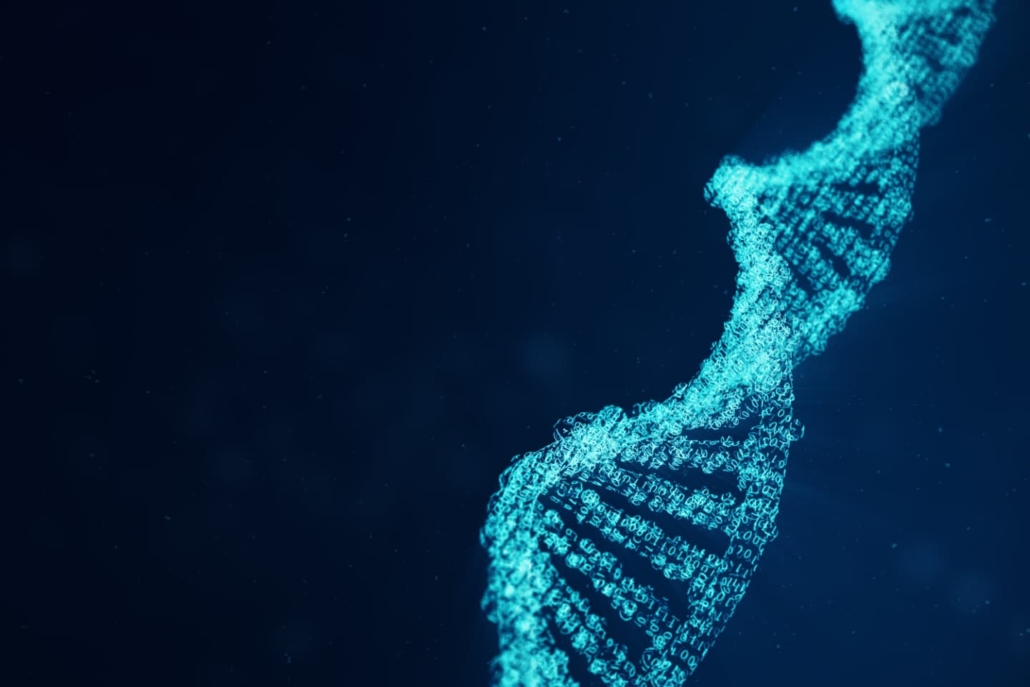Complete map of human DNA recombination reveals critical insights into fertility and evolution
Scientists have created the first comprehensive map showing how human DNA is mixed and passed down through generations, offering new understanding of genetic diversity and its relationship to fertility and evolution.
The groundbreaking research, published today in Nature, provides unprecedented detail of genetic recombination processes and identifies previously unknown patterns that influence human reproduction and development.
Understanding genetic mixing
The study, conducted by researchers at deCODE genetics/Amgen in Iceland, marks a significant development in our understanding of genetic inheritance. For the first time, scientists have mapped both large-scale chromosomal crossovers and smaller, more subtle genetic exchanges that occur during reproduction.
These smaller exchanges, known as non-crossover recombinations, have historically been challenging to detect due to the high similarity between DNA sequences. Their inclusion in this new map provides a more complete picture of how genetic material is shuffled between generations.
Protected regions and reproductive implications
The research has identified specific regions of DNA that remain largely unchanged during recombination, suggesting these areas are protected to maintain critical genetic functions or prevent chromosomal abnormalities. This discovery has important implications for understanding pregnancy loss and infertility, which affects approximately one in ten couples globally.
The maintenance of these protected regions appears to be crucial for successful reproduction, as errors in the recombination process can lead to serious reproductive complications. These findings could potentially inform new approaches to fertility treatment and the diagnosis of pregnancy-related complications.
Gender differences and age-related effects
The study revealed significant differences in recombination patterns between males and females. Women experience fewer non-crossover recombinations overall, but the frequency of these events increases with maternal age. This age-related change may contribute to the well-documented association between advanced maternal age and increased risk of pregnancy complications and chromosomal disorders in offspring.
In contrast, male recombination patterns show no significant age-related changes, although the research confirms that recombination in both sexes can contribute to mutations passed to offspring.
Mutation patterns and evolutionary implications
A key finding of the research is the elevated occurrence of mutations near regions where DNA mixing takes place, establishing a strong correlation between recombination and mutation events. This relationship provides new insights into the mechanisms driving human genetic diversity and evolution.
The study demonstrates that human genetic diversity can be attributed to two main processes: recombination and de novo mutations – new DNA sequences present in offspring but absent in parents. Understanding these processes is crucial for tracking human evolution and identifying factors that influence individual health outcomes.
Future applications
The comprehensive nature of this new recombination map opens up possibilities for improved understanding of genetic disorders and reproductive health. It provides a foundation for future research into the mechanisms of inheritance and could lead to advanced diagnostic tools for reproductive medicine.
The research represents the culmination of 25 years of investigation at deCODE genetics into the generation of new diversity in the human genome and its relationship to health and disease.
Reference
deCODE genetics. (2025). Complete human recombination maps. Nature. https://doi.org/10.1038/s41586-024-08450-5


